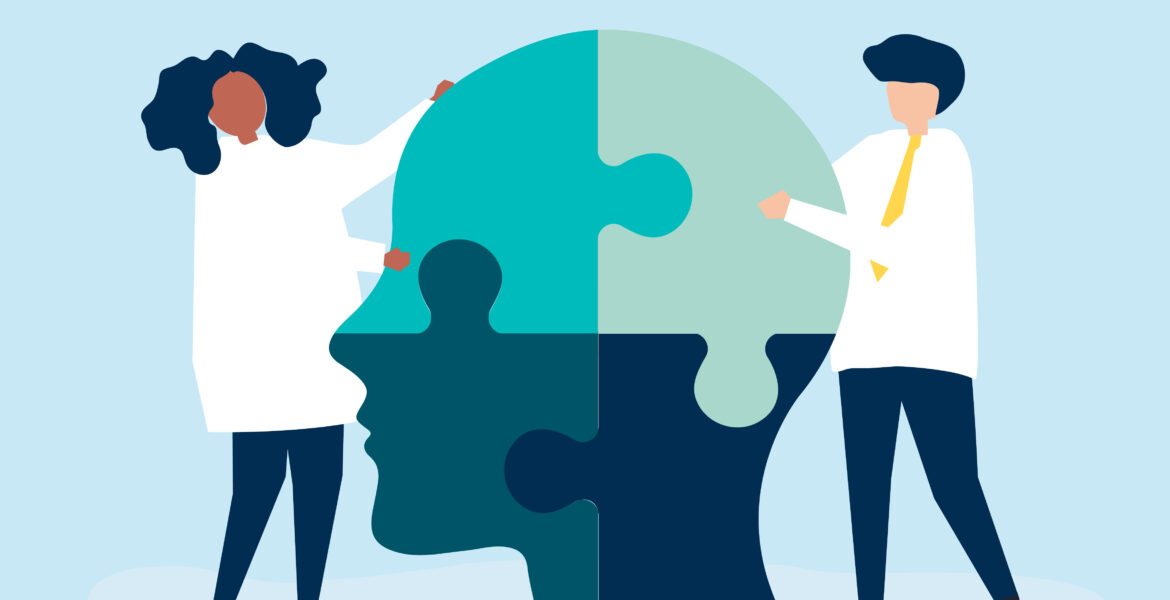1. Introduction to the Art of Coaching
The art of coaching is all about helping people reach their potential. It is about providing guidance and support to people to achieve their goals.
Many different coaching strategies and techniques can be used, and the best coach will tailor their approach to the individual they are working with.
Some of the most common coaching strategies and techniques include active listening, setting goals, providing feedback, and helping people to find their solutions.
Coaching is an essential skill that can be used in many different areas of life, from business to personal development.


